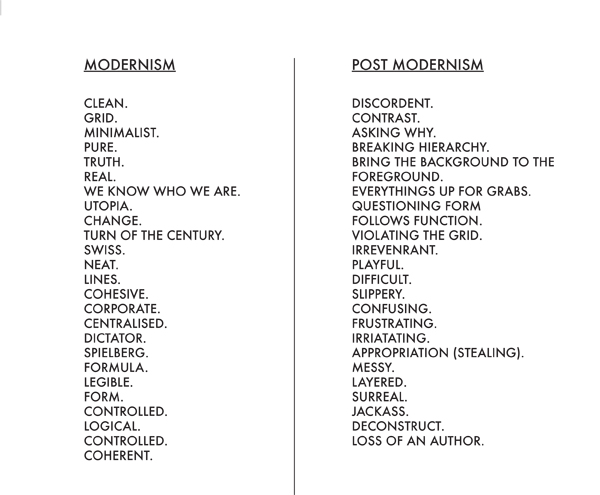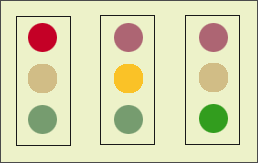Yesterday went for the Cultural talk. The talk was out of my expectation because I though it will be boring but actually it was quite lively and interesting especially the way of Speaker's (Shao Hong) brings out the information of culture for us.
By the way, from the Speaker, I get to know more about Cultural ,what cultural design feature and how we transfer cultural into our design.
Firstly, What is Cultural? Among of Malaysian, we know that what is our Cultural but however, we didn't know what deeply inside of Cultural. If I ask one of my friends what is Cultural , probably they will just answer 3 races in our country that is Malay,Chinese and Indian or traditional or other unrelated which they really don't understand the terms of cultural.
Before that, I might be one of my friends but from the note of Speaker that I have written , he said "Cultural is the way of life for an entire society and it generally refers to patterns of human activity and the symbolic structures that give such activity significance." Therefore, we could generate a new culture by doing an activities and some others practice the same activities , for example, if someone wearing earring on hers/his stomach then some others find it cool and learn to wear earring on hers/his stomach and more and more people also doing the same things. However, particular culture only play a specific role. Therefore, I only understand what is Cultural.
Besides that, why should we add culture into our design? It is because adding cultural value and create the core of product value. There are 3 culture structure:
- Multiple Layers including layers representing artifacts values and basic assumptions.
- A Framework for studying cultural objects ( the behaviour and meaning create by sociability
3 layers : Physical/Material culture ( Food,garments/transportation...etc)
Social/ Behaviour culture (Human relationships/social)
Spiritual/Ideal Culture (Art & Religion)
While the Framework are : The Outer Level ( Colour,texture,form..)
The middle Level ( Function,Safely...)
The Inner level ( stories,emoticons, cultural festival...)
However, we should feel sensitive of the cultural elements that we use in our design model. In Cross cultural Design Model that actually a process of rethinking or reviewing. Before we design our model, we should identify to select one of the cultural features. In this process, we should really careful what we going to use because some of the element of cultural is violating. For example the Speaker show us the batik .
If we going to use batik into our design model, we shouldn't just apply that pattern because we like it but we should deep research into each of them because each of them convey different meaning and different names. Some of them are only can use for loyal family.
However, the research method is involve 3 process.
Identification --> Translation --> Implementation
There are also 4 steps that really helpful not only just for how to apply cultural into our design but also the other aspect.
Step 1 : Investigation ( Setting a scenario)
Before we design our product/model , the research process is essential. No matter how, firstly we should read through the history of the cultural. This deep research is to help us to avoid abstinence of the cultural we use.
Step 2 : Interaction ( telling a story)
In this process, we should know exactly how culture had been applied. Therefore, looking other people works that had been done by them for better references and set our target audience.
Step 3 : Development ( Writing a script)
We should now begin to work on it , working on thumbnail or sketches and write a script. However, we should consider about the fashion and our user taste.
In a nutshell, the lesson that I have learn in this talk is we should careful about the material we are going to use, we should really deep research about it and follow the steps so to achieve a better design.
However, good design is come from many research.
Example that I found :
Art project Shinobi is a creative collaboration of two artists – visual artist Mike Zubik and calligraphic artist Ulia Kuznetsova.
The project started as the base for development of creative ideas of two stylistically different artists. Mike and Julia share similar approach to the visual solutions as well as identical views on the creative process. They are experienced in several creative spheres, but singled out two main directions in their own works – form and expression. Inspiration with Asian culture has become the essence of all Shinobi artworks. Both artists point out the huge influence of Asia on the contemporary worldwide culture.
Resorting to different styles and materials, the artists worked out a unique style of their own, which is based on seven elements of traditional fine arts and calligraphy, airbrushing, spray painting, and the elements of digital painting, like the mixed media Skateboard series.
Further reading : click HERE







































